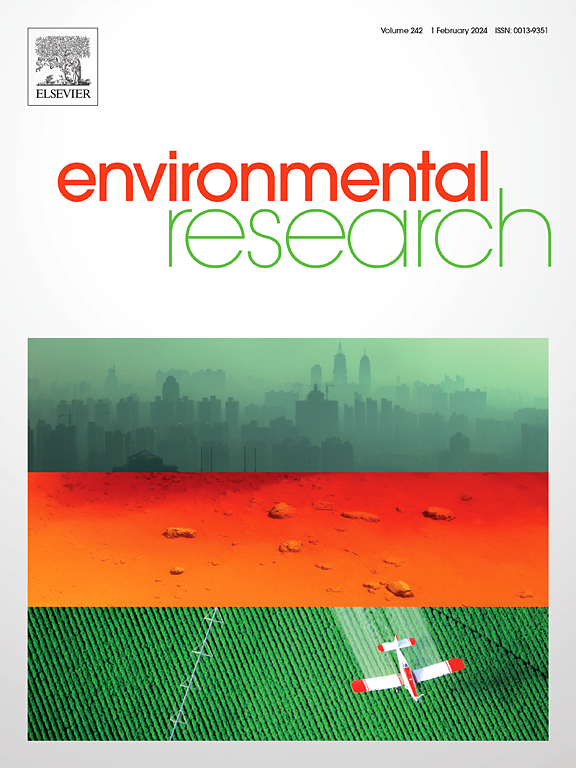用于下一代钠离子电池的生物质碳材料:见解和SWOT评估。
IF 7.7
2区 环境科学与生态学
Q1 ENVIRONMENTAL SCIENCES
引用次数: 0
摘要
近年来,由于钠离子的丰度、经济性和最佳的氧化还原电位,储能已经从锂离子向钠离子显著过渡。生物质碳负极材料因其经济优势和生态可持续性在钠离子电池中得到广泛研究。其独特的微结构特性导致较高的比电容。本综述探讨了硬碳和一些新兴的可持续材料来源于各种生物质资源。它还涵盖了它们的生产,重点是微观结构,形态缺陷和杂原子掺杂相关方面。然而,钠在碳阳极内的储存机制,特别是硬碳,由于其不同的微观结构状态,与石墨的特定层状结构形成对比,是一个有争议的主题。它还通过突出对硬碳最新发展的详细见解,将优势、劣势和机会与威胁评估相结合。通过对钠离子电池生物质基负极材料国际研究合作的网络可视化图进行了文献分析。它还为推进生物质衍生的硬碳和其他碳材料作为下一代钠离子电池的独立或互补阳极材料提供了一个有凝聚力的框架。本文章由计算机程序翻译,如有差异,请以英文原文为准。
Biomass-based carbon material for next-generation sodium-ion batteries: insights and SWOT evaluation
In recent years, energy storage has significantly transitioned from lithium to sodium ion due to sodium's abundance and economical and optimal redox potential. Biomass-based carbon anode materials are extensively studied in sodium-ion batteries because of their economic advantages and eco-sustainable approach. Their distinctive microstructural characteristics resulting in higher specific capacitance. The present review explores hard carbon and a few emerging sustainable materials derived from various biomass sources. It also covers their production, focusing on micro-structures, morphological defects, and heteroatom doping-related aspects. However, the sodium storage mechanism within carbon anodes, particularly hard carbon, is a subject of debate due to its diverse microstructural states in contrast to the specific layered structure of graphite. It also integrates strengths, weaknesses, and opportunities with threat evaluation by highlighting detailed insights about recent developments in hard carbon. This review also highlights bibliographic analysis through network visualization map of international research collaboration in the field of biomass based anode material for sodium ion battery. It also offers a cohesive framework for advancing biomass-derived hard carbon and other carbon materials as an independent or complementary anode material for next-generation sodium-ion batteries.
求助全文
通过发布文献求助,成功后即可免费获取论文全文。
去求助
来源期刊

Environmental Research
环境科学-公共卫生、环境卫生与职业卫生
CiteScore
12.60
自引率
8.40%
发文量
2480
审稿时长
4.7 months
期刊介绍:
The Environmental Research journal presents a broad range of interdisciplinary research, focused on addressing worldwide environmental concerns and featuring innovative findings. Our publication strives to explore relevant anthropogenic issues across various environmental sectors, showcasing practical applications in real-life settings.
 求助内容:
求助内容: 应助结果提醒方式:
应助结果提醒方式:


